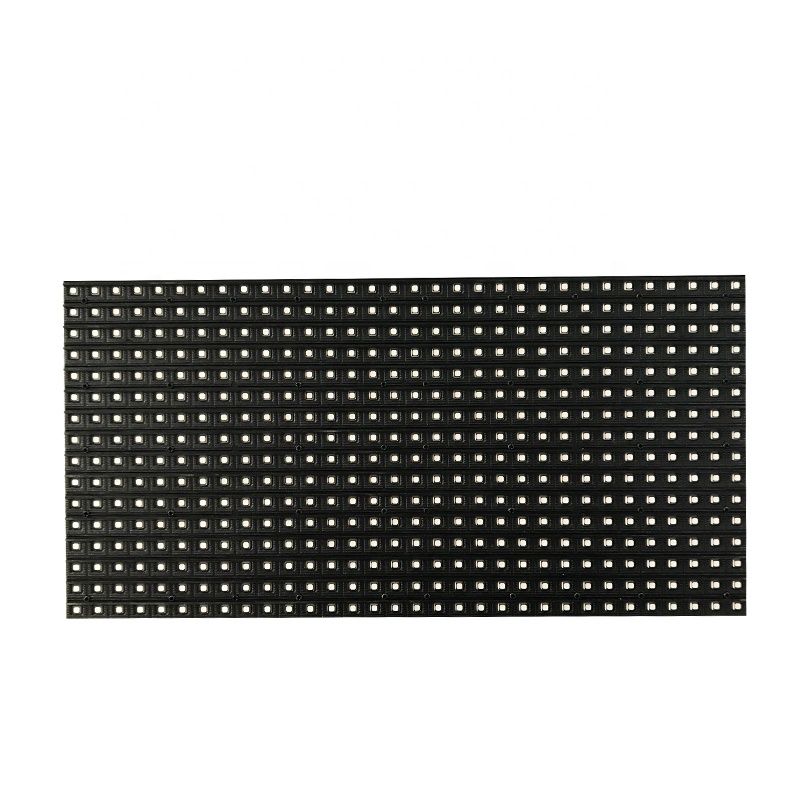半導体材料価格の下落に伴い, full-color LED displays are becoming increasingly widely used in various industries. In outdoor environments, LED screens have become an irreplaceable large electronic flat panel display media due to their high brightness, 低消費電力, and seamless advantages. The surface LED pixel packaging of outdoor full-color LED display screens is single lamp type, and each pixel point is composed of three types of LED tubes: pure blue, pure red, and pure green.
(1) Structural diagram: Structural description: Each pixel point is composed of 4 LED tubes, including 2 赤, 1 pure green, そして 1 pure blue. The arrangement is shown in the left figure.
(2) Color matching ratio: In order to enable full-color LED display screens to accurately reproduce actual colors, there are strict requirements for the color matching of LED tubes, with a brightness ratio of 3:6:1 for red, 緑, and blue. In order to achieve a more perfect effect, the software can also adjust any color based on the on-site brightness of the LED display screen.
The main selection points for outdoor LED full-color display screens are as follows:
(1) 密度
There are mainly P40, P31.25, P25, P20, P16, P18, P14, P12, P10, 等, which should be selected according to the actual line of sight according to the aforementioned principles.
(2) 運転方法
The driving method for outdoor full-color LED displays is constant current driving, but there are two types: static and dynamic. The dynamic method reduces circuit density, reduces costs, and is beneficial for heat dissipation and energy conservation; The disadvantage is that the brightness is reduced.
(3) Real pixels and virtual pixels
Image pixels and physical pixels on LED display screens are two different concepts.
If each pixel in a full-color display corresponds one-to-one with a physical pixel composed of 2 赤, 1 緑, 1 blue or 1 赤, 1 緑, そして 1 blue LED tubes on the screen, then the pixels of the outdoor full-color screen constitute real pixels. If the pixels of a full-color screen share the same physical pixel point LED tube with its adjacent pixels, the pixels of the outdoor full-color screen are called virtual pixels.
Each LED tube on an LED display screen with virtual pixel function needs to be arranged at an equal distance, in a ratio of 2 赤, 1 緑, そして 1 青い. Virtual pixels utilize the principle of visual retention to double the row and column resolution (time-sharing) of physical pixels on the full color screen when playing dynamic images. For physical pixel points in x rows x y columns (2 赤, 1 緑, 1 blue/point), they can be increased to virtual pixel points in (2x-1) 行 x (2y-1) 列.
For static images, virtual pixel technology is ineffective due to the inability to utilize visual retention.
When selecting a full-color LED display screen, special attention should be paid to the composition of pixel points, which should be based on physical pixel points.
